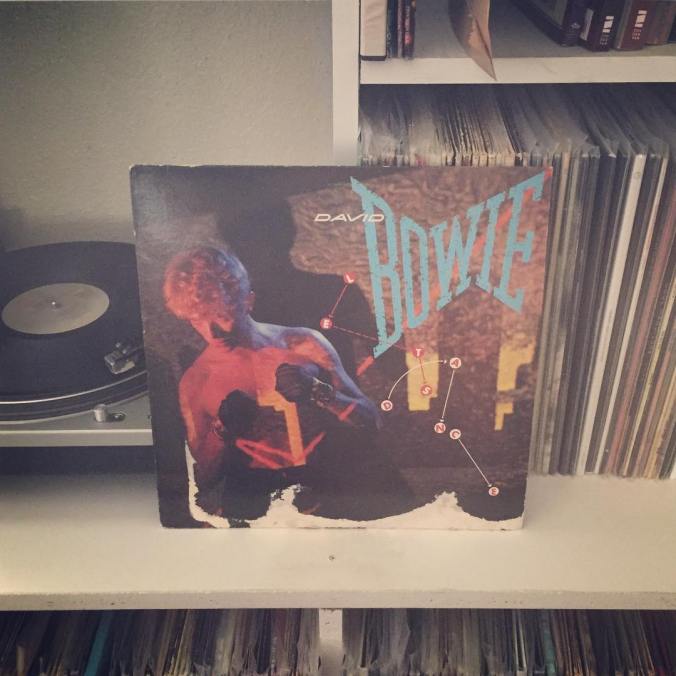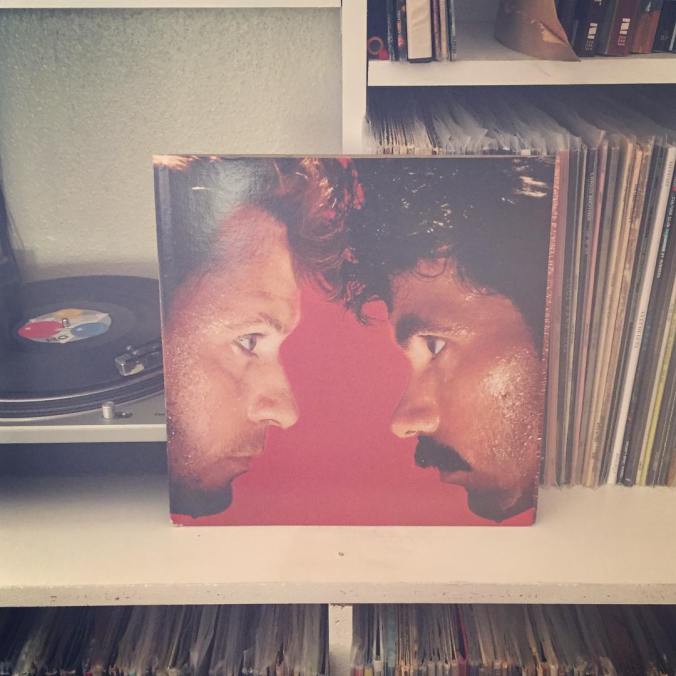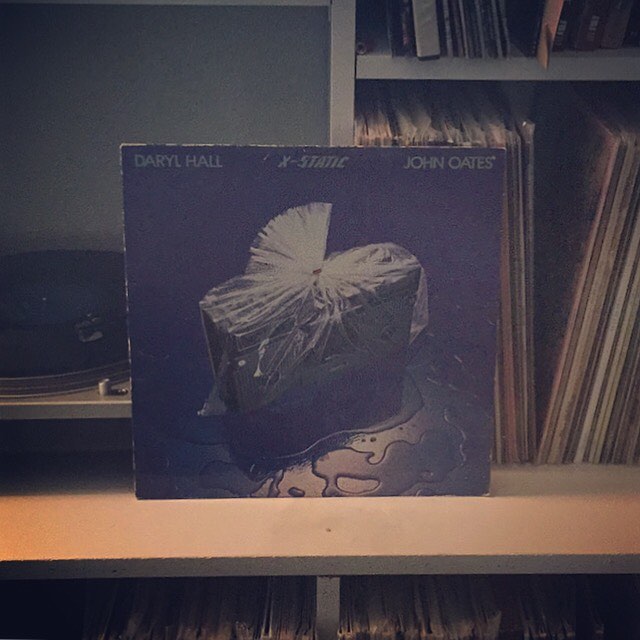In a conversation with some fellow music nerds recently, it somehow came up that I had never spent much time with The Cure. I had picked up a copy of their 2004 self-titled album once in high school and listened to it maybe once or twice, but that was hardly an accurate picture of these 80s darlings.
My friend nearly demanded that I listen to
Disintegration that instant. And friends, it changed me.
I already have a deep love for 80s post punk. Joy Division and Cocteau Twins are staples of my collection. Disintegration hits every one of those buttons: atmospheric synths, moody bass lines, and sparse guitar riffs set the stage for Robert Smith’s tortured croon.
At times, it’s deceptively poppy. You might even think that they’re happy. “Plainsong” opens the album with a major key anthem for the end of the world. “Pictures of You” sounds so triumphant that you’d be forgiven for not noticing how isolated Smith feels. The perennial classic “Lovesong” flips the formula a little bit, juxtaposing joyful lyrics to a minor key ballad.
They can only keep up the facade for so long, though. The second half of the album is all gloom, all the time. And it’s exactly what the Cure does best. “The Same Deep Water as You” is a nine-minute meditation on toxic codependency that sounds as beleaguered as its lyrics. The title track starts with a poppy drum beat, hinting for a moment that the gloom has lifted. But this beat sets the stage for one of the most harrowing tracks of the album. The album doesn’t return to a major key until the closing track, “Untitled,” a gentle major key ballad that feels like two friends holding eachother after a bridge collapse.
Which is apparently exactly what was happening to the Cure during this time. Smith was filled with dread as he looked forward to his thirtieth birthday, and his rejection of his sudden fame and internal tension within the band brought him into an existential crisis. And while these sorts of crises aren’t uncommon, it takes a rare artist to perfectly capture that feeling for others to experience. Robert Smith is that artist, and Disintegration is that feeling—71 minutes of ennui and alienation perfectly captured on tape and pressed to vinyl. A rightly-lauded masterpiece that I will not ignore any longer.
As a sidenote: I think I’ve isolated the reason why I’ve ignored the Cure so long. In middle school, I was a big fan of Adam Sandler’s The Wedding Singer. In the movie, he sings a song that he prefaces with, “when I wrote this, I was listening to the Cure a lot.” The song is a sad punky song with an angry, yelly chorus. Punk kid that I was, I loved it. I wanted more like that. The Cure reference made me think that this is what they sounded like. It was not. I lost interest.


 A hit single can be a huge boon for a new band. It can launch their career like a jet engine, putting them in front of a huge audience.
A hit single can be a huge boon for a new band. It can launch their career like a jet engine, putting them in front of a huge audience.
 By the beginning of the 80s, David Bowie had been through enough career turns to make the most accomplished musicians dizzy. He had cut his teeth with
By the beginning of the 80s, David Bowie had been through enough career turns to make the most accomplished musicians dizzy. He had cut his teeth with  In the last few months, after decades of ignorance, I’ve developed a strange fascination with the pop duo
In the last few months, after decades of ignorance, I’ve developed a strange fascination with the pop duo  These days, the Knack is mostly remembered for just one single: the infectious, raunchy “My Sherona” that still gets airtime on every classic rock station in the country.
These days, the Knack is mostly remembered for just one single: the infectious, raunchy “My Sherona” that still gets airtime on every classic rock station in the country.

